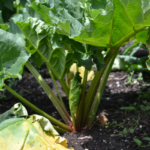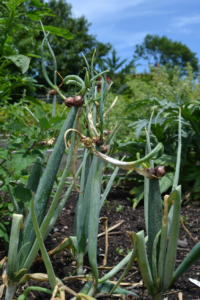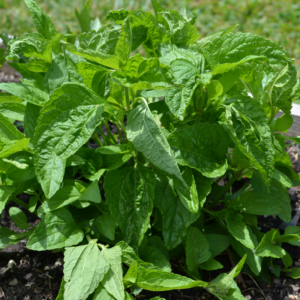Edible Perennials: A 101

Every spring, farmers and gardeners alike begin to grow their plants. While some planting and a lot of planning happens during the winter months, the bulk of the work of growing begins in early spring. But what if you could plant edible plants that come back year after year with less work?
Benefits of Edible Perennials
Annuals, plants that live only one year and must be replaced, make up the majority of edibles grown in Missouri. Perennials can provide relief from some the work that annuals involve, but their low maintenance characteristics aren’t the only benefit they provide.

Edible perennials are great for soil. Bare soil quickly dries out and washes away in the winter without the help of roots to hold it in place. And so growing something is vital. Also, perennials don’t require tilling which can kill beneficial components of soil. Perennials allow soil to thrive by adding organic matter to it and letting worms mix all the beneficial components together.
Perennials, including trees, help catch water and nutrients that might otherwise run into storm water drains without nurturing anything. One of the biggest issues in cities is the proliferation of impervious surfaces such as concrete and asphalt that do not catch storm water, leading to overburdened and overflowing sewer systems. Perennials help to divert storm water by catching it in their root systems, something that grass, with its small roots, just can’t do.
These plants also create nurturing and permanent habitats for animals, fungus, and more. These are vital as people continue to destroy existing habitats to put up buildings and roads.
Perennials help extend the harvest season. Some edible perennials are ready in early spring, which means you have plants to harvest and eat during a period that usually isn’t high yield. This is especially beneficial for school gardens that want to harvest some edible plants before summer arrives.
These plants can also help to improve your garden. Some perennials fix nitrogen in the soil, providing themselves and neighboring crops with fertilizer. Others help to prevent erosion on hills or work as hedges or ground cover. And several can help pollinators while others can climb trellises to provide shade for other plants.
Examples of Perennial Edibles that Grow Well In Missouri:

Thyme, oregano, sage, and tarragon
Raspberry, blueberries, and blackberries
Elderberries and Aronia (chokeberries)
Hazelnuts
Shrub cherries
Asparagus
Rhubarb
Hops
Garlic Chives
Horseradish
Further Considerations:

However, perennials have their drawbacks. Some perennial vegetables, like asparagus, take a few years to establish. Other perennials are only edible for short periods as they become bitter when they flower. A few perennials can choke other plants by taking over parts of your garden. And some perennials have issues with disease and pest management as a result of the lack of crop rotation.
Edible perennials are a great addition to your current selection of annuals. They work together and can create a thriving and delicious garden!
To read more on this subject, check out these links:
Perennial Vegetables: Grow More Food With Less Work
4 Edible Spring Perennials You Need To Grow
—

